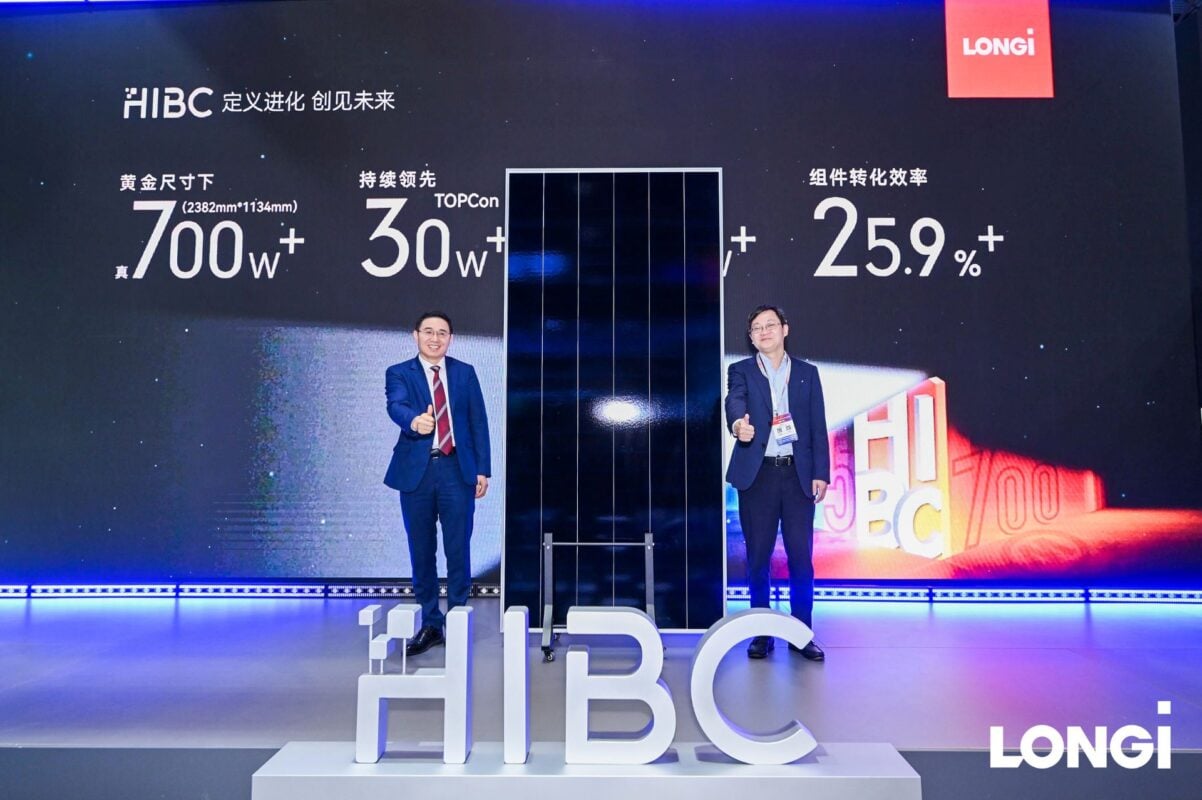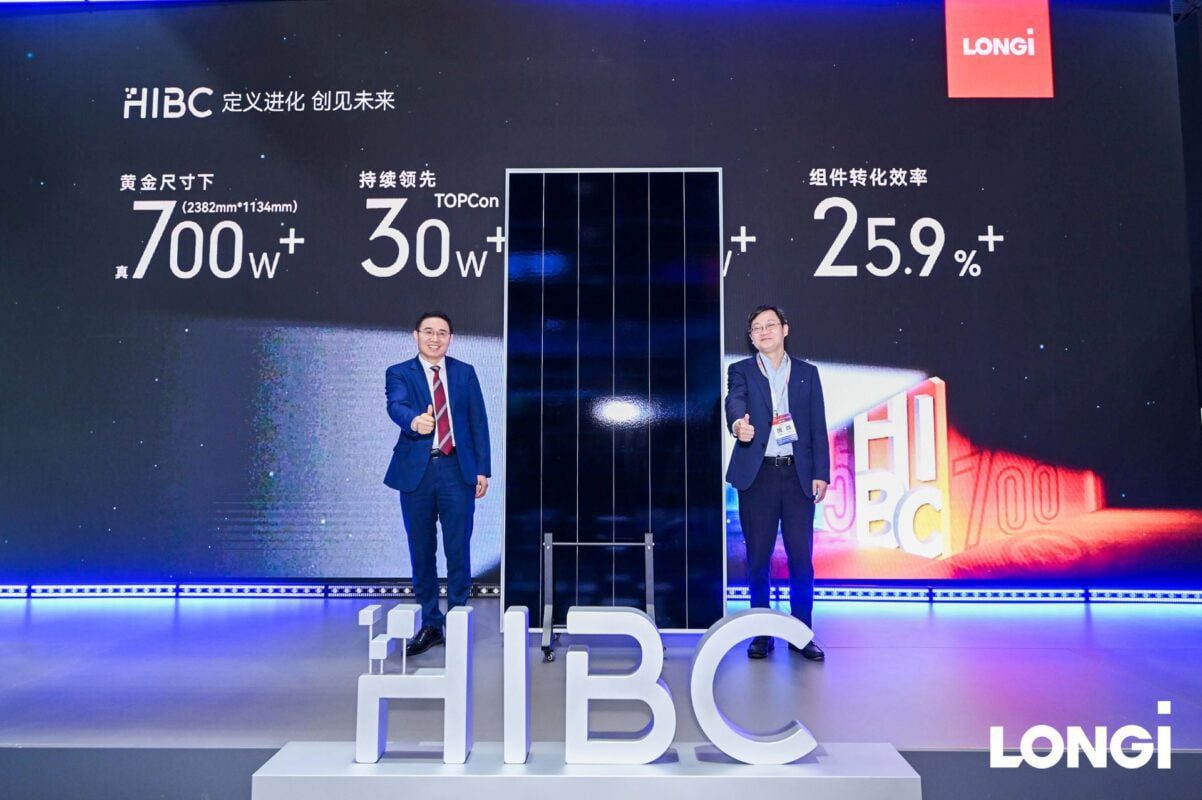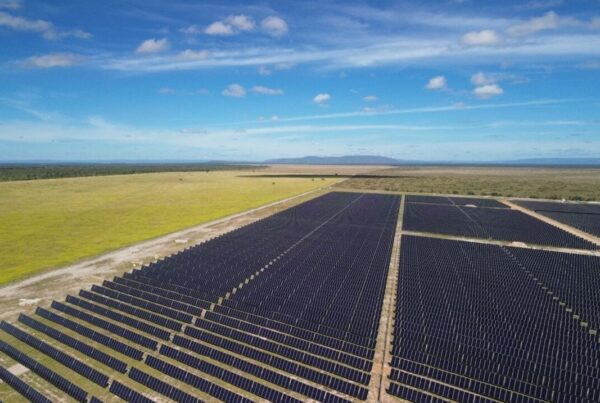
According to LONGi, its new HIBC module integrates characteristics of heterojunction technology with high-low temperature composite passivated back contact technology for the first time. This newest HIBC module also increased the cell screen occupation ratio from 93.2% to 95.1%, thus increasing the light absorption area.
Moreover, compared with other modules with a power of 700W, the company claims its latest module has an area smaller by 0.4 square meters and a higher power density by 34W per square meter.
“Simply improving efficiency through physical stacking and area expansion brings limited customer value; at the same time, the risks of reliability and quality are obvious after the area is expanded,” said LONGi’s chairman, Zhong Baoshen, who was appointed to the position last month after the previous chairman, Zhenguo Li, resigned his position to focus on the company’s research and development operations.
Baoshen added that the launch is yet another technological innovation for the company with BC technology, and it follows a recent conversion efficiency reached with HIBC cells in April 2025. Certified by the Institute for Solar Energy Research Hamelin (ISFH) in Germany, the Chinese manufacturer reached a record 27.81% cell efficiency for HIBC technology.
The launch of a new HIBC module at a trade event, follows the launch of a new BC module for its EcoLife series at another event, Intersolar Europe 2025 in Germany last month. Also based on HJT technology, the new EcoLife modules have a conversion efficiency of 25% and a cell efficiency of 27.3%.
The modules presented at Intersolar Europe 2025 have specifically been designed for the residential solar market with bifacial modules that include 54-cells and a maximum power output of up to 510W.
The wave of new BC modules from LONGi and other Chinese solar manufacturers was among the key trends (Premium access) highlighted by PV Tech earlier today, along with perovskite tandem cells gaining momentum and TOPCon modules with higher power output.






